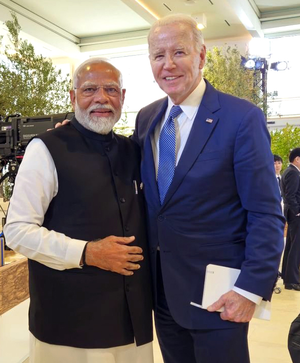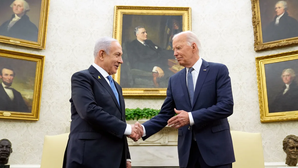Mumbai: India’s has launched a slew of electronic systems to encourage its 1.2 billion people to rely less on cash, and adopt digital services to buy everything from groceries to fuel. Here is an overview of India’s cash-less initiatives. United Payments Interface (UPI) The payments system was launched in August 2016 by state-run National Payments Corporation of India, but its adoption by banks and customers remained sluggish. The real push for UPI came after Prime Minister Narendra Modi launched the flagship UPI app called BHIM on Dec. 30. Most state and private lenders are now on the UPI platform, and the BHIM app has been downloaded more than 17 million times. The UPI system allows users to create a unique virtual payment address, which looks like an email, and use it to send or receive money instantly. Each profile also has a distinct quick-response (QR) code that can be used to transfer money. India/Bharat QR A quick-response-code-based application that will allow people to pay and merchants to accept payments using a machine-readable label without having to use a card. Global card network providers MasterCard Inc and Visa Inc have collaborated with the National Payment Corp of India on this system, which was unveiled last month. Aadhar Pay This is a payments service that uses India’s national biometric identity card and does away with the need for point-of-sales machines that are used to swipe credit and debit cards. A merchant registering for Aadhar pay will link a phone to a biometric reader, allowing the user to make a payment using a finger print.








